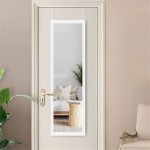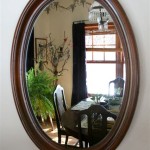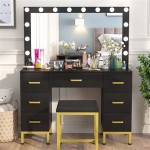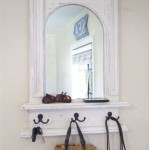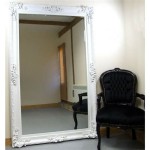Can You Turn Glass Into A Mirror?
Turning a piece of ordinary glass into a mirror involves applying a reflective coating to one of its surfaces. This process, while seemingly simple, requires precision and specific materials to achieve a functional and durable mirrored surface.
The Science Behind Mirrors
Mirrors reflect light due to the presence of a thin layer of reflective material. This material typically consists of metals like silver, aluminum, or gold, chosen for their high reflectivity. These metals possess a structure that readily absorbs and re-emits photons in the visible light spectrum, creating the reflection we see.
Silvering: The Traditional Mirroring Process
The process known as silvering has historically been the most common method of creating mirrors. This involves depositing a thin layer of silver onto the glass surface through a chemical reaction. A solution containing silver nitrate is mixed with a reducing agent, causing the silver ions to precipitate out and adhere to the glass. This process requires careful control of temperature and pH to ensure a uniform and reflective silver layer.
Modern Mirroring Techniques
While silvering remains a viable method, modern mirror production often utilizes vacuum deposition. This technique involves vaporizing the reflective metal, typically aluminum, in a vacuum chamber. The metal vapor then condenses onto the glass surface, forming a thin and even coating. Vacuum deposition offers superior control over the coating thickness and uniformity, leading to high-quality mirrors with excellent reflectivity.
Protective Coatings: Enhancing Durability
The reflective metallic layer on a mirror is delicate and susceptible to damage from oxidation and scratches. To enhance durability, protective coatings are applied over the metallic layer. These coatings can consist of various materials, including copper, paint, or protective polymers, offering resistance to environmental factors and physical wear.
DIY Mirroring: A Simplified Approach
While achieving the quality of commercially produced mirrors is challenging at home, creating a basic reflective surface on glass is possible with certain readily available materials. Spray-on mirror coatings containing silver or other reflective particles can be applied to glass surfaces, providing a reflective effect. However, these DIY methods often result in lower reflectivity and durability compared to professional mirroring techniques.
The Role of the Glass Substrate
The quality of the glass substrate plays a crucial role in the final mirror's performance. The glass should be flat and free from imperfections to ensure a distortion-free reflection. The thickness of the glass also contributes to the mirror's stability and resistance to warping or breakage.
Environmental Considerations
Traditional silvering processes involve chemicals that require careful handling and disposal. Modern mirroring techniques, particularly vacuum deposition, are generally more environmentally friendly, minimizing the use of hazardous substances. Furthermore, advancements in coating materials are leading to the development of more sustainable and environmentally conscious mirroring practices.
Applications Beyond Reflection
Mirrored surfaces find applications beyond their everyday use in homes. They play crucial roles in scientific instruments, telescopes, solar energy systems, and various other technologies. The ability to precisely control the reflectivity and properties of mirrored surfaces enables these diverse applications.
Cost Factors in Mirror Production
The cost of producing a mirror depends on several factors, including the size and thickness of the glass, the type of reflective coating used, and the complexity of the manufacturing process. Vacuum deposition, while offering higher quality, can be more expensive than traditional silvering methods. The addition of protective coatings and specialized features further influences the final cost.

How To Turn Ordinary Glass Into An Antique Mirror

How To Turn Ordinary Glass Into Looking Interior Frugalista

How To Turn Ordinary Glass Into An Antique Mirror

How To Turn A Vintage Window Into Mirror An Oregon Cottage

How To Make A Mirror With Pictures Wikihow

How To Turn Ordinary Glass Into Looking Interior Frugalista

I 39 M Going To Show You Guys How Turn Real Glass Into A Mirror Are Need Diy Effect Spray Paint Projects

How To Quickly Turn Glass Mirror In 4 Steps Spray Paint Home Decor Ideas

How To Turn Glass Into An Antique Mirror The Morris Mansion

Turn A Window Into Mirror With Less Than 20 Earlyexperts

